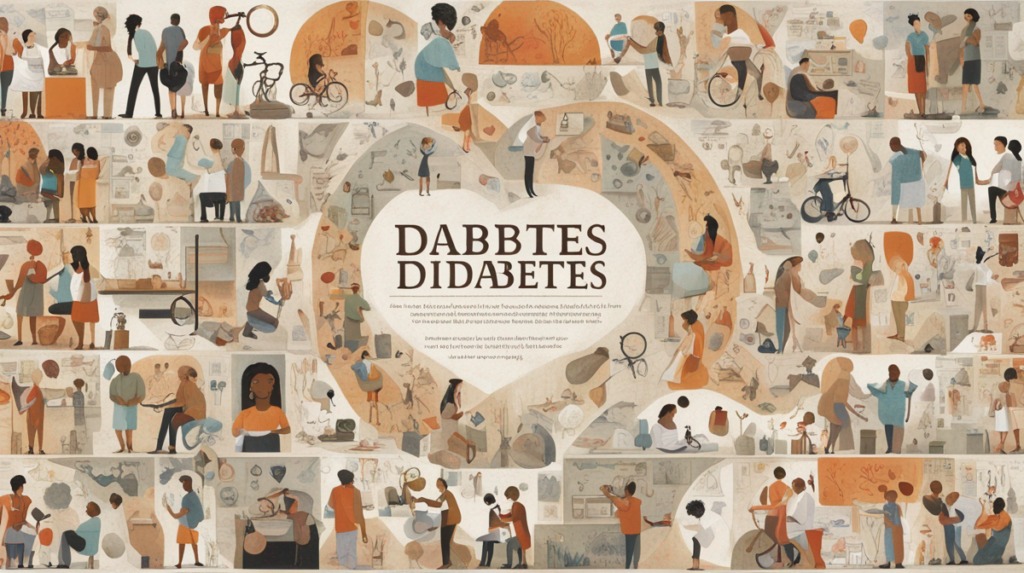Diabetes is a prevalence health condition globally, affecting millions of people worldwide. Despite its ubiquity, understanding the different types of diabetes can be confusing, given its complexity. This article dives deep into the various forms of diabetes, offering valuable insights into causes, symptoms, treatments, and effective management techniques.
What is Diabetes?
Diabetes is a chronic disease that occurs when the body’s ability to produce or respond to the hormone insulin is impaired, resulting in abnormal metabolism of carbohydrates and elevated levels of glucose in the blood.
Understanding the Different Types of Diabetes
Type 1 Diabetes
Type 1 diabetes, formerly known as juvenile diabetes, is usually diagnosed in children and young adults. In this condition, the body does not produce insulin due to an autoimmune reaction that causes the body to attack its insulin-producing cells.
Type 2 Diabetes
Far more common is type 2 diabetes, which generally develops in adults but is increasingly seen in children and adolescents. In this form, the body either resists the effects of insulin or does not produce enough to maintain a normal glucose level.
Gestational Diabetes
Gestational diabetes develops in some women when they are pregnant, usually around the 24th week. Most of the time, this form of diabetes goes away after the baby is born.
Prediabetes
Actionable but concerning is prediabetes. This condition affects millions, with higher than normal blood sugar levels, but not high enough to be diagnosed as diabetes.
(Read Also: Unraveling the Mystery: Understanding the Different Types of Diabetes)
Symptoms and Treatments of Diabetes Types
Common symptoms across all types of diabetes include increased thirst, frequent urination, extreme hunger, unexplained weight loss, fatigue, irritability, blurred vision, and slow-healing sores.
Treatment is specific to the type of diabetes. Type 1 generally requires insulin injections, regular blood sugar monitoring, and a healthy diet. Treatments for type 2 may involve lifestyle changes, oral medications, and insulin. Gestational diabetes is managed through diet and exercise, but some women may need insulin injections. If you’ve been diagnosed with prediabetes, healthy lifestyle choices can often reverse the condition.
(Read Also: Why Regular Mental Health Check-ups Are Crucial for Overall Wellness)
Managing Diabetes
Living with diabetes requires careful health management. Regular exercise, reducing sugar and refined carbs from your diet, drinking water, quitting smoking, and maintaining a healthy weight are all key to managing the disease.
Exploring the different types of diabetes and their nuances is vital for understanding how to manage and live with this chronic condition. Knowledge empowers us to make informed decisions, effectively manage symptoms, treatments, and enjoy a healthier, more fulfilling life.
While the idea of living with diabetes may seem daunting, remember you are not alone. Millions of people live active, happy lives with diabetes, and with the right knowledge and resources, you can too!

